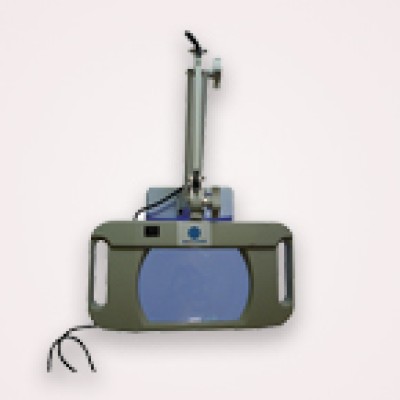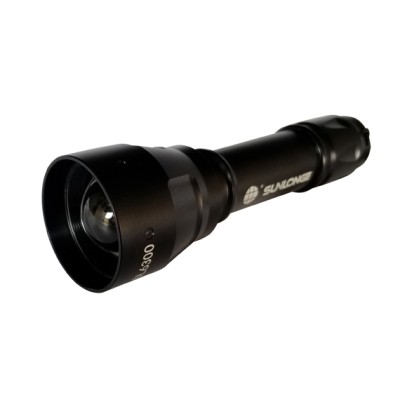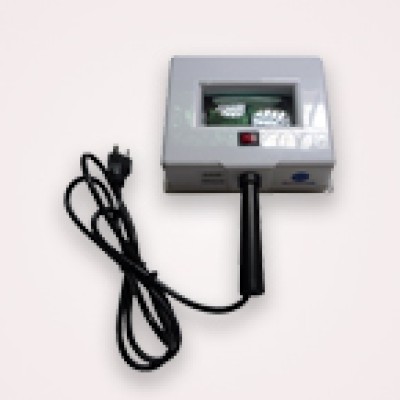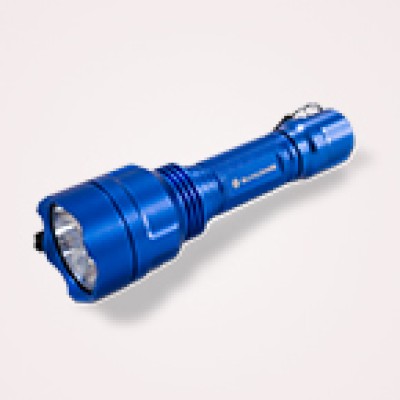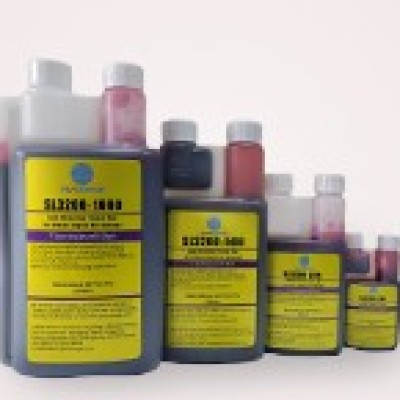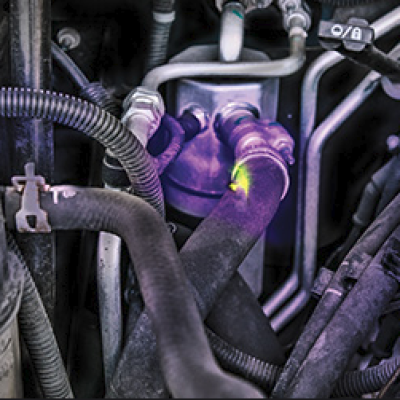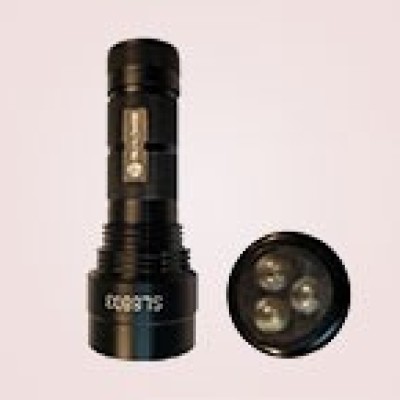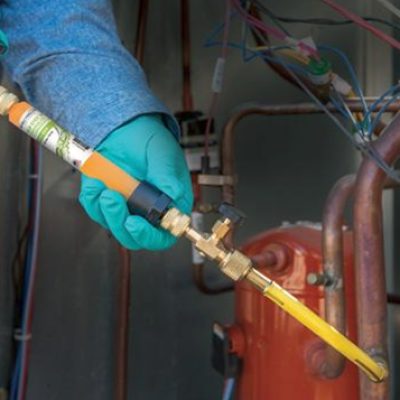Introduction
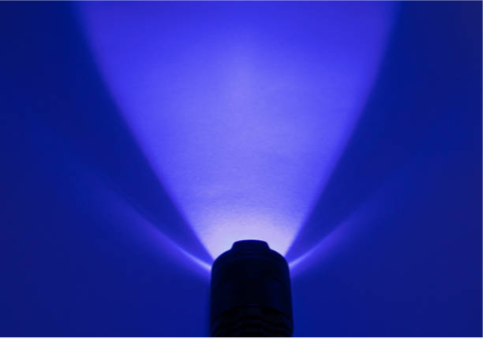
Thanks to continuous technological advancement, the diversity of UV dye lamps has substantially increased, for example, flashlights, flood lamps, and portable headlights. With different characteristics, they can cater to various situations. Selecting an appropriate UV dye lamp can enhance the effectiveness of the application; therefore, you should always consider the following factors before drawing a conclusion.
Factor #1 – Peak Wavelength
The most critical factor in determining the suitable lamp is the wavelength. The standard peak wavelength for a UV dye lamp ranges from 320 to 400 nm. Typically, the peak wavelength of a Non-Destructive Testing (NDT) lands at 365 nm. However, high intensity is required for UV curing, while a wavelength of 254 nm is needed for the blue light in forensics.
Factor #2 – UV-A Intensity and Coverage Area
Another factor to consider is the light intensity and coverage area. In general, the required area is around 15 inches (38 cm). Yet still, some applications may require a larger coverage with high intensity. This enables an efficient indication over a large inspection area, which often serves as the first step of application. Commonly speaking, flashlights generate the least coverage area, which is great for inspecting tight areas, including holes, weld joints, and internal surfaces, while lamps generate the most.
Factor #3 – Power Requirements
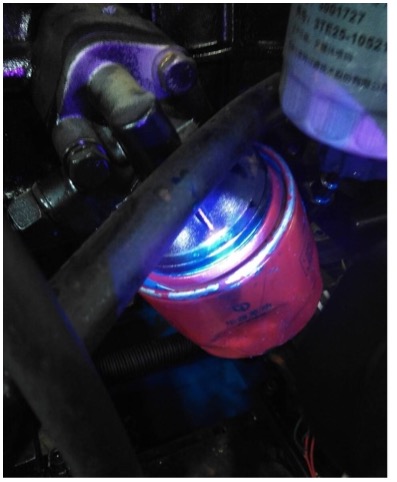
Considering the variability of applications of UV dye lamps, for instance, crime scene investigation, leakage detection, and paint curing, the power requirement can vary. In particular, when performing a task in an outdoor environment with no access to power, the continuity of the battery becomes a vital issue. Fortunately, improvements in battery life and other related products, including rechargeable batteries and AC power solutions, have created a solution for this problem. The majority of equipment nowadays can support high intensities for extended periods of time. With a deep understanding of the battery type and its discharge curve, technicians can ensure high-quality and stable inspections.
Factor #4 – Additional Products
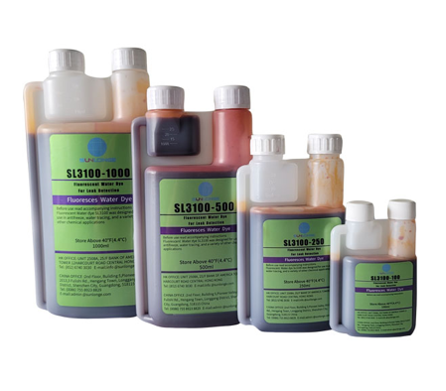
Despite being a powerful tool itself, the UV dye lamp can be applied along with other products. Taking the SL3100 Water Tracing Dyes from Sunlonge as an instance, it is a concentrated water-soluble dye with fluorescein disodium salt in a compound of water and glycol solvent system. With these materials inside, the dye can emit excellent fluorescence effect. It is capable even in a high pH environment. The combination of a UV dye lamp and dye can be utilised for antifreeze, water tracing, and countless other chemical applications. Apart from the dye, several filters can be equipped with the lamp to produce different colours of light with different wavelengths, targeting various applications. By applying the additional products, the applications of the UV dye lamps can be further leveraged.
Factor #5 – Environmental Concerns
Similar to the power requirements, environmental concerns determine the type of UV dye lamps to use. When dealing with fields with dirt, dust, and water, using ruggedized products, that are dust-tight, water-resistant, and IP-rated can lengthen the durability of the equipment. In the long run, the cost of repairs or getting new equipment can be reduced.
Factor #6 – Regulatory Requirements
Given that UV dye lamps are closely related to highly regulated industries, the products applied have to be certified to industry standards. Specifically, the standards are established by organizations, consisting of Rolls-Royce, the American Society for Testing and Materials (ASTM), the International Organization for Standardization (ISO), etc. Despite the fact that most products are produced with the above standards and also Conformite Europeenne (CE) requirements, checking if the products you choose meet the claims can ensure compliance with the regulation.
Conclusion
Regarding the long history of development, the number of choices for UV dye lamps is astronomical. They all have their own features. To maximise its effectiveness and accuracy, technicians should always analyse the nature of the task, for example, the location, the purpose of the investigation, and the potential risk. With this information in mind, they should then look for the ideal equipment to apply based on the above six factors. The match between the right tool to use and the scenario allows a quick and efficient inspection, providing enormous support for a wide range of industries.
 CN
CN

